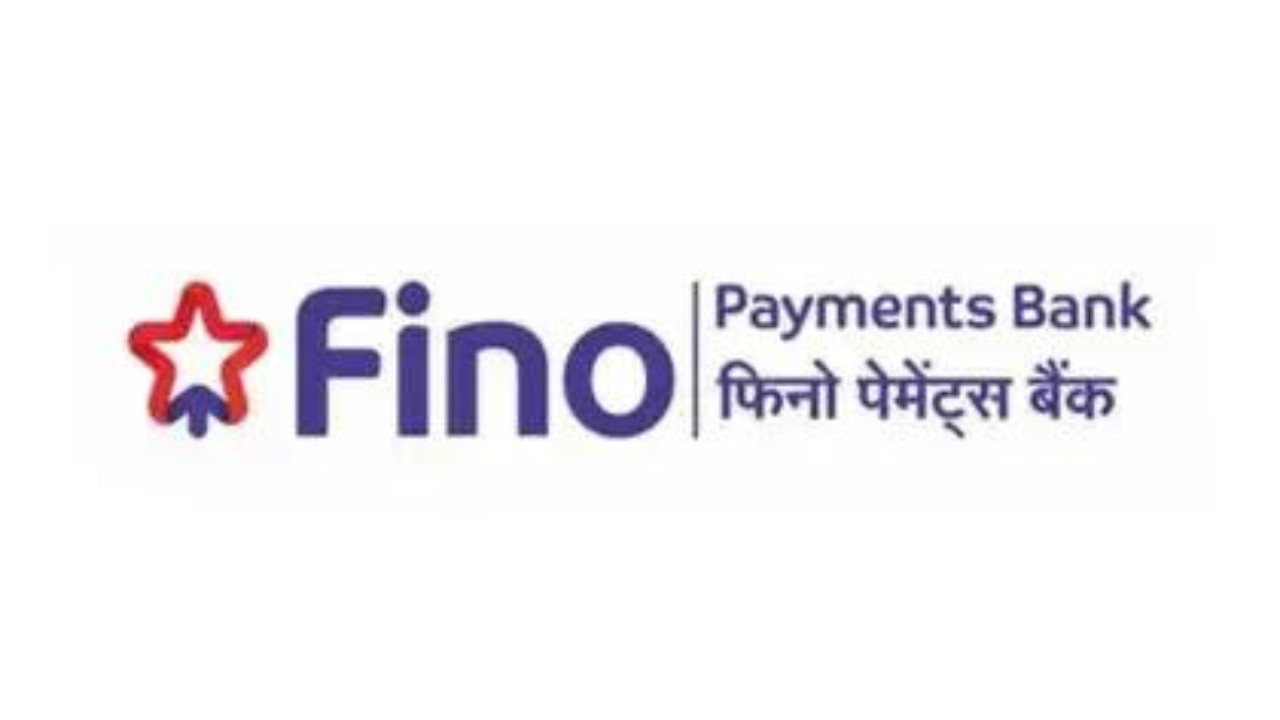Indian private bank executives experienced modest pay increases in FY25 due to the Reserve Bank of India’s strict oversight on CEO compensation. HDFC Bank’s Sashidhar Jagdishan emerged as the highest-paid banker, exceeding Rs 12 crore, a 12% rise. Ashok Vaswani of Kotak Mahindra Bank earned Rs 13 crore. Amitabh Chaudhry, Axis Bank CEO, saw a 5.
Is Sashidhar Jagdishan Worth ₹12 Crore? A Deep Dive into CEO Compensation in Indian Banking
The dust has settled on FY25, and the numbers are in. While most of us are still figuring out our tax returns, a select few are dealing with figures that require a whole different level of calculation. At the top of that pyramid sits Sashidhar Jagdishan, CEO of HDFC Bank, who took home a cool ₹12 crore, making him the highest-paid banker in India for the financial year. But what does that figure really mean? And how does it compare to what his peers are earning? Let’s dive in.
It’s easy to look at a number like ₹12 crore and feel… well, something. Awe? Envy? Outrage? But to truly understand the figure, we need context. Jagdishan’s salary isn’t just a random number plucked from thin air. It reflects a complex interplay of factors: the bank’s performance under his leadership, the sheer scale and complexity of managing a financial institution like HDFC, and the need to attract and retain top talent in a highly competitive global market.
<img src="ceo-jagdishan.jpg" alt="Sashidhar Jagdishan, CEO of HDFC Bank, discussing innovative banking strategies.” />
HDFC Bank’s performance in FY25 was, by most measures, strong. The bank navigated a challenging economic landscape, maintained healthy growth, and continued to innovate in the digital banking space. A CEO’s compensation is directly tied to the overall health and success of the organization they lead.
How Does Jagdishan’s Pay Compare to Other Banking CEOs?
While Jagdishan leads the pack, it’s interesting to see how his compensation stacks up against other major players in the Indian banking sector. Amitabh Chaudhry, CEO of Axis Bank, earned a reported ₹9.75 crore. Sandeep Bakhshi, heading ICICI Bank, followed closely behind with ₹9.63 crore. Then comes, Uday Kotak, of Kotak Mahindra Bank, the erstwhile CEO, took home ₹7.12 crore before passing on the baton to Dipak Gupta who earned ₹6.51 crore.
This comparison reveals a couple of things. First, being a CEO of a major Indian bank is a lucrative position. Second, the range of compensation is relatively tight at the top, suggesting a degree of market equilibrium. The boards of these banks are all benchmarking against each other to ensure they are offering competitive packages.
What Factors Influence CEO Salaries in the Banking Sector?
Several elements contribute to the eye-watering salaries of banking CEOs. Let’s break down a few:
* Bank Size and Performance: Larger, more profitable banks generally pay their CEOs more. Performance metrics such as loan growth, asset quality, and return on equity all play a role.
* Complexity of Operations: Managing a large, diverse financial institution with branches across the country (and sometimes internationally) is an incredibly complex task. The CEO needs to be able to navigate regulatory hurdles, manage risk, and drive innovation – all while keeping shareholders happy.
* Global Benchmarking: Indian banks are increasingly competing on a global stage. To attract and retain top talent, they need to offer compensation packages that are competitive with those offered by banks in other developed economies.
* Scarcity of Qualified Candidates: The pool of individuals with the skills and experience necessary to lead a major bank is relatively small. This scarcity drives up demand and, consequently, compensation.
* Regulatory Environment: The banking sector is heavily regulated, and CEOs must possess a deep understanding of the regulatory landscape to ensure compliance and avoid costly penalties.
The Question of Value: Is It Too Much?
Ultimately, the question of whether Sashidhar Jagdishan’s ₹12 crore salary (or any CEO’s salary, for that matter) is “too much” is a subjective one. Are they worth it? It depends on your perspective. For shareholders who have seen their investments grow under his leadership, the answer might be a resounding yes. For the average bank employee, the number might seem astronomical and disconnected from their own experiences.
It’s crucial to have these conversations, though. Examining CEO compensation forces us to confront broader questions about corporate governance, income inequality, and the value we place on different types of work. While salaries like these can raise eyebrows, they also reflect the high stakes and immense responsibilities shouldered by those at the helm of major financial institutions. If you are interested in how other executives’ compensation plays out, learn more about the importance of strategic HR partnerships.
The Bottom Line
Sashidhar Jagdishan’s ₹12 crore salary highlights the high-stakes world of Indian banking and the significant rewards that come with leading a successful financial institution. Whether you view it as justified compensation or an example of excessive corporate pay, it’s a figure that demands attention and prompts important conversations about value, performance, and the evolving landscape of the Indian economy.







